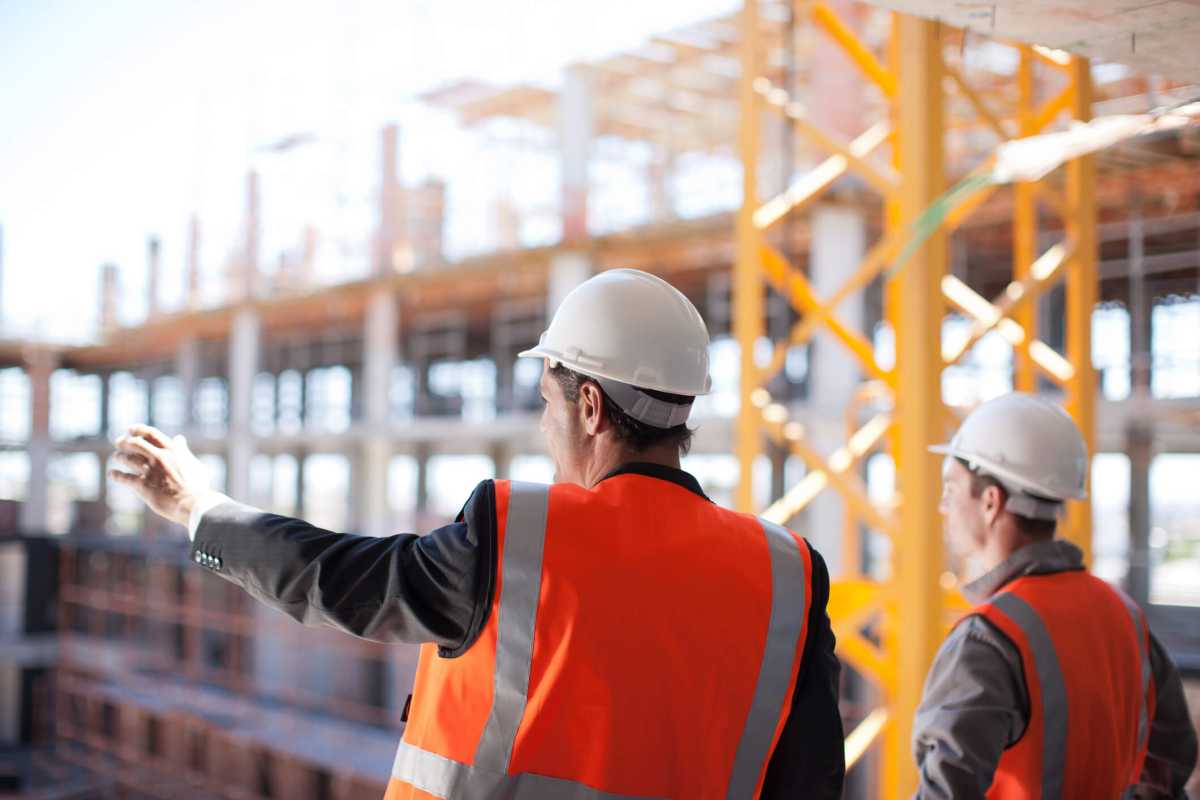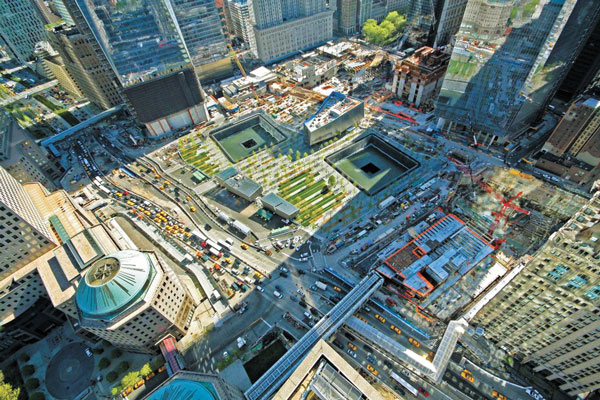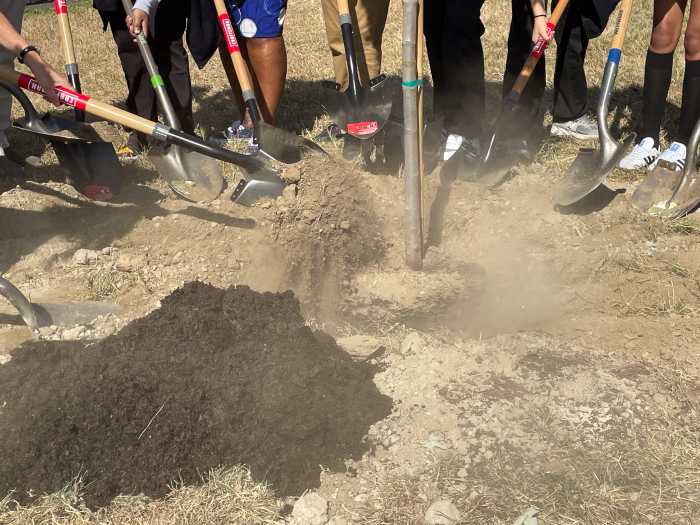The New York City Council passed a bill updating New York City construction codes Thursday.
The legislation, containing over 600 major updates and thousands of smaller changes, improves construction code safety and incorporates the latest in building technologies. The New York City Department of Buildings marked the official passage of major legislation in the City Council on October 7, according to a press release from the New York City Department of Buildings.
“New York City should always strive to create an environment that is safe and welcoming to all – that includes ensuring our building code reflects the wide variety of challenges New Yorkers face individually and collectively,” said councilwoman Carlina Rivera in a press release from the Department of Buildings. “Department of Buildings’ updates to local regulations enhance accessibility, emergency preparedness, public safety, and resiliency measures. I am pleased that our City is moving in the right direction with these policy changes.”
The code revisions are the first holistic update to the entire set of NYC Administrative, Plumbing, Building, Mechanical and Fuel Gas Codes since 2014, according to the release. The codes set the framework for how buildings are designed and maintained in the city.
“These updated Codes provide a solid foundation on which the future of our city will be built,” said buildings commissioner Melanie E. La Rocca in the release. Adding, “Looking further afield, it is my hope that these Codes will also serve as a model for other cities, looking to build their own more resilient and sustainable future.”
The revisions included enhancements in the areas of emergency response, fire protection, vehicle transportation and accessibility, elevator and boiler, construction safety, building system construction and inspection and sustainability. The revisions also addressed protections for tenants, streamlining building occupancy and promoting increased affordable housing.
“The new Codes use the highest international standards for the design, construction and maintenance of buildings as a baseline, while continuing our city’s proud tradition of implementing additional enhancements to ensure we have among the strongest building regulations anywhere in the world,” the release said.
What these revisions mean for New Yorkers
Some of the revisions will affect New Yorkers, directly, especially homeowners, tenants and pedestrians.
A new revision that promotes increased affordable housing, reduces the required eight-foot basement clearance height for two-family homes to seven-feet, said Andrew Rudansky, press secretary at NYC Department of Buildings. This code change allows the same safety standards for single-family homes to be applied to two-family homes.
Another major revision requires new special inspection of buildings undergoing construction to ensure the protection of tenants, Rudansky said.
“This adds another layer of protection with special inspection requirements to have more people there, on the ground, looking at if the tenant protection plan is being followed, ” Rudansky said. “This makes sure the tenants are adequately protected and looks at any negative quality of life issues affecting tenants that need to be resolved,” Rudansky said.
One construction safety revision enhances the pedestrian experience. The change permits the use of netting, low barriers, and chain link fencing instead of requiring only solid fencing that cause blind tunnels for pedestrians.
“This would create enhancements where there is less of that tunnel effect without reducing safety issues,” Rudansky said.
Other revisions are meant to enhance sustainability and building safety.
One of the new sustainability and resiliency enhancements includes increasing the material choices available to builders. Builders can now use cross-laminated timber and structural composite lumber to build structures throughout the city including in the fire districts, Rudansky said. Previous codes did not allow for timber construction in large areas of the city. Cross-laminated timber is renewable and has a much smaller carbon footprint than traditional steel and concrete.
The Department of Buildings is also requiring new, special inspections to be done on parking garages, Rudansky said. The new program requires the building owner to hire an engineer to do a structural stability inspection of the parking garage on a regular schedule and then submit those reports for the Department of Buildings to review.
“For these larger buildings in the city we want to make sure that even if nobodys calling 311 to complain about it, and even if there’s no active construction in the building where DOB would be called to inspect, that we have these mandatory, periodic inspections of various elements of the building to make sure they continue to be safe,” Rudansky said.
The revisions were drafted by technical committees made up of engineers, architects, attorneys, planners, tradespeople, representatives of the construction industry, labor, real estate industry, utility companies, as well as Department of Buildings and interagency stakeholders, according to the release.
“I want to thank my colleagues at DOB, along with the hundreds of government and industry experts that volunteered their time on our Code Revision Committees, who worked tirelessly to advance these Codes,” La Rocca said in the release. “Those efforts will make our built environment safer for everyone living, working and visiting in our great city.”
The revised code requirements will go into effect next year, with some regulations taking effect on January 1, 2022, according to the release. The Department of Buildings will support the implementation of the code updates by conducting training and outreach regarding the new requirements.



































